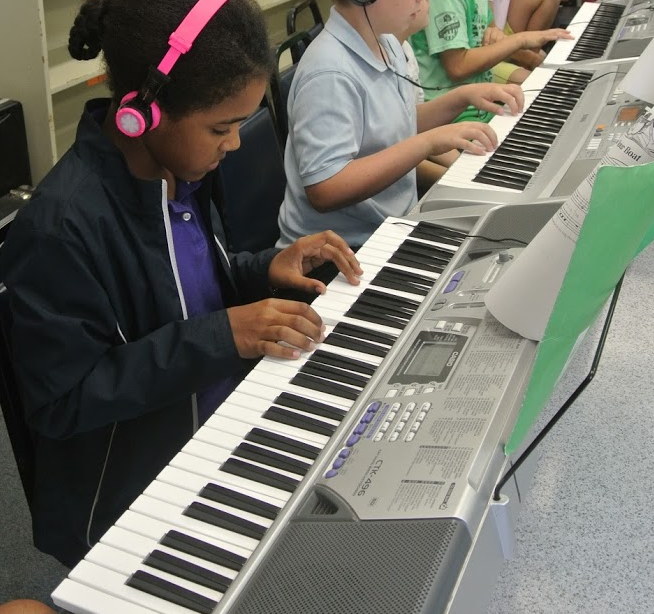
Federal pandemic relief efforts must include help to private school families to stave off closure of an “alarming number” of private schools and mitigate the financial stress those closures will inflict on public schools, private school leaders told Congressional leaders Wednesday.
Providing “immediate and direct aid to families” in the form of tuition payment relief will help students remain in private schools, rather than flooding district schools that are facing their own massive financial challenges, 48 private school and school choice organizations said in this letter.
“Private school closures would be devastating for families, students and communities,” said the letter, which was also signed by Step Up For Students, the Florida nonprofit that hosts this blog. “It will be equally devastating, financially, for public school districts.”
“If private schools are shuttered because families aren’t paying tuition for an extended period of time, the increase of public education expenditures for millions of new students coming back into the district systems would be staggering,” the letter continued. “If 20 percent of private school students have to be reabsorbed into the public system, it would cost the public system roughly $15 billion.”
To date, little federal relief targeted to K-12 education has offered meaningful help to private schools. Some private schools have secured funding from the Paycheck Protection Program, which was designed to help small businesses and nonprofits. But that help is a two-month respite. Growing numbers of parents are telling private schools they won’t be able to afford tuition in the fall, and surveys suggest many private schools fear the economic downturn and continued closure of brick-and-mortar operations could bring their demise.
Besides assurances that federal relief is equitably distributed, the private school groups offered a list of other potential long- and short-term remedies. Among the ideas (which you can read about in the letter): emergency education tax credits and a means-tested federal education savings account.
The groups suggested 10 percent of any new federal education relief be targeted toward private school parents, in line with the national proportion of private to public school students.


